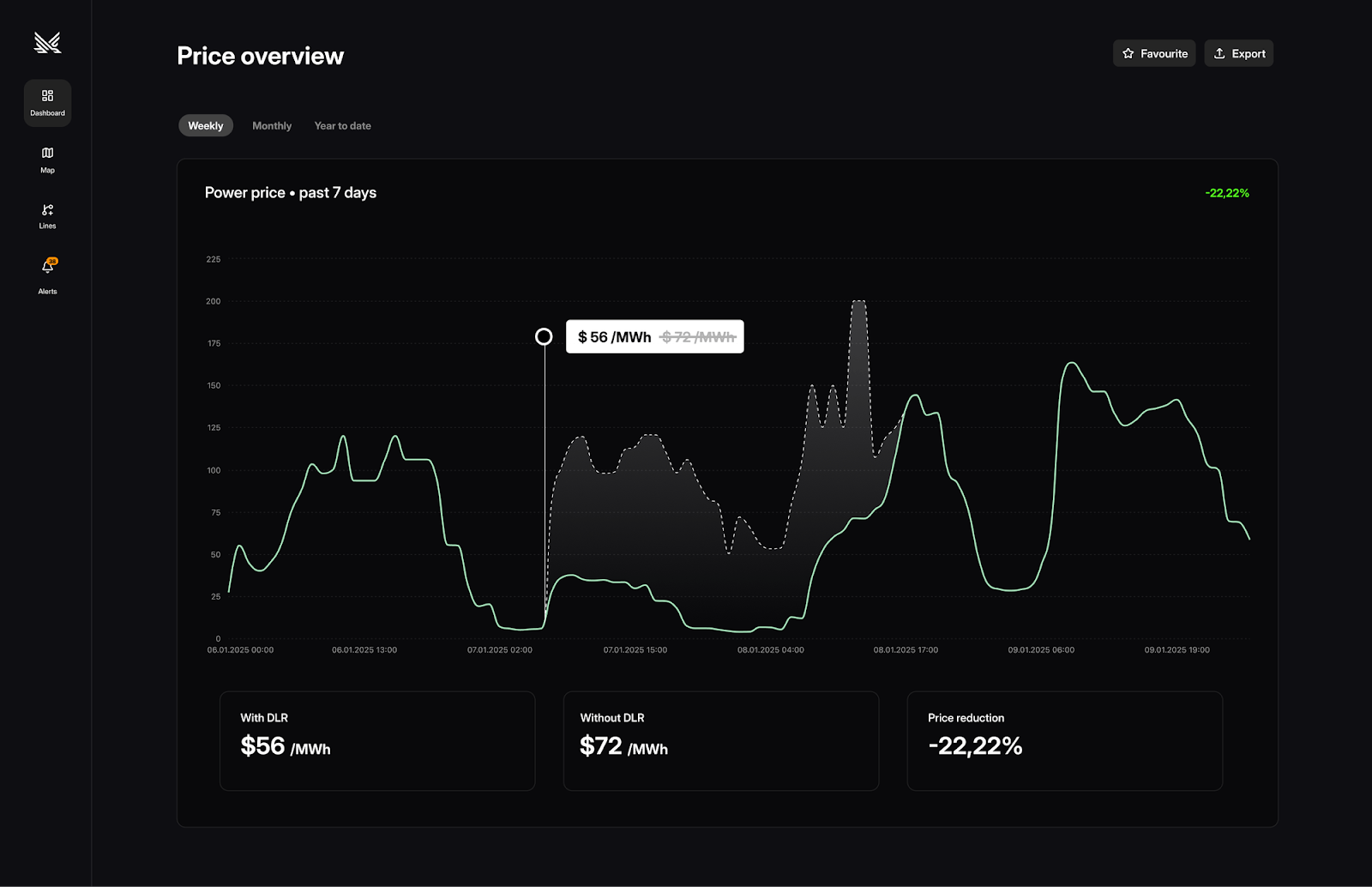The price of electricity in the U.S. has increased faster than inflation, by nearly 5% per year from 2020 to 2023. Behind the increase are rising natural gas prices as well as skyrocketing investments into the power grid. Distribution grid investments have increased by 50% as aging infrastructure is being updated to handle load growth.
Making matters worse, the fragility of energy trade policies have been on full display as the U.S. threatened to declare a national emergency on electricity in three states after Ontario imposed – and suspended a day later – a 25% surcharge on power exports. (The new tariffs on electricity exports to the U.S. were expected to cost Americans up to $400,000 every day they remained in place.)
Beyond the U.S., data analysis from Euronews Business shows that consumers in EU capitals have paid 36% more for electricity since January 2021, which is mainly because of high natural gas prices following Russia’s war on Ukraine. The way back to low electricity prices in Europe is not straightforward, but it certainly won’t involve a return to Russian gas.
Amid this global political unrest, energy fluctuations, and consumer frustration, one thing is clear: we all want cheap, abundant power – and more of it – right now. The question is: how?
The Promise of Grid Intelligence
A quick way to reduce electricity prices would be to reduce grid congestion, which costs the U.S. $20 billion each year. The role of transmission is to bring cheap power to where it’s needed, but the grid has started to reach its limits under the double pressure of load growth and variable renewable generation that is geographically distributed.
Expensive power plants are being turned on when there is not enough capacity to bring cheaper power to consumers. Removing that $20 billion worth of congestion would reduce power prices by 5 cents per kWh, bringing power prices back to 2022 levels.
While transmission infrastructure buildout is important to reducing congestion, that process takes too long to support current and short-term load growth. In fact, transmission buildout rates have been decreasing despite increasing power demand. Only 55 miles of 345 kV and 500 kV transmission was added in 2023, contrasting with 350 miles per year in 2020-2022 and 950 miles per year in the years 2015 - 2019.

Data is based on Grid Strategies analysis of FERC, Office of Energy Projects, Energy Infrastructure Updates.
We need immediate solutions to make our existing grids work smarter and reduce congestion.
In Europe, a new study found that expanding grid flexibility could cut electricity prices by 11% by 2035 and up to 30% by 2040. Similarly, a recent Brattle Group study of New York’s grid revealed that the grid could avoid nearly $3 billion per year in power system costs with grid flexibility initiatives.
In Houston, I had the pleasure of talking with Reuters’ Gavin Maguire about how we’re thinking about grid solutions at Gridraven.
Machine Learning-Enabled DLR
There’s more headroom available in the existing grid that can be unlocked with Dynamic Line Ratings (DLR). This is a technology that helps grid operators assess the actual capacity of each power line depending on weather conditions. On average, advanced DLR can increase grid capacity by a third without any additional hardware investments needed, helping utilities sell more power while bringing down energy prices for consumers.
Despite these benefits, DLR has not been widely adopted because weather models have not been accurate enough to predict conditions and wind with sufficient precision. Because of that DLR solutions have until now relied on fleets of sensors installed on transmission lines to collect real-time weather measurements – the cost and maintenance of which have challenged the feasibility of the solution.
But with DLR driven by machine learning and precision weather forecasting, sensors and other hardware are not needed to assess line capacity, unleashing all the benefits at a fraction of the cost. Not only can this solution determine current grid conditions in full detail – it can accurately predict line ratings up to 48 hours ahead.
Since power markets buy and sell electricity a day ahead, this advanced forecasting can relieve congestion on power markets and reduce prices for consumers.

Gridraven dashboard from https://www.gridraven.com/solution/consumers
The Path Forward: Scaling Grid Intelligence Now
To secure an energy future that meets demand with lower costs, we have to prioritize grid intelligence solutions that can make significant, immediate impact - like machine learning-enabled DLR. Requiring only an IT integration, utilities can deploy Gridraven’s DLR at scale today, without waiting years for new infrastructure to be built.
The choice is clear: unleash the grid’s full potential now or pay an even higher price later. At Gridraven, we stand ready to help utilities sell more power and bring down electricity costs for consumers.





